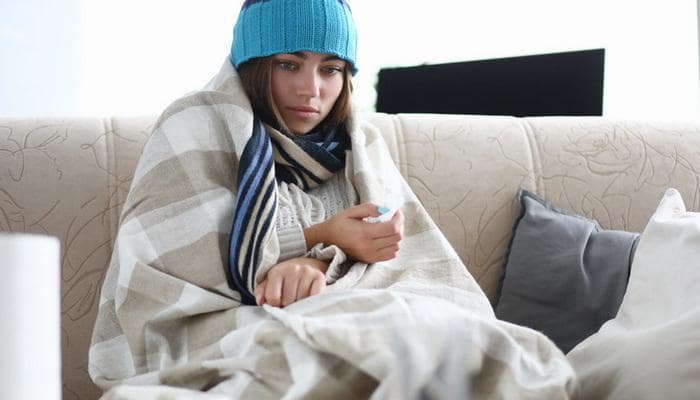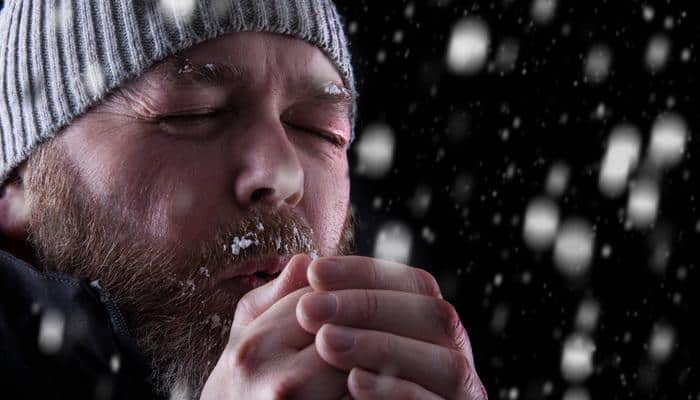Зміст
In winter, we must especially protect our body from cooling. When the body temperature drops below 36.6 degrees Celsius, it becomes dangerous. Cooling the body is not indifferent to our health. In the initial stage of hypothermia, mild symptoms are observed in the form of speech impairment and apathy. In a deeper phase, loss of consciousness, circulatory disorders and even death occurs. So how can you effectively protect yourself from the cold?
Cooling the body – what is the risk?
When your body temperature drops below 36.6 degrees Celsius, your body becomes hypothermia. This condition causes dysfunction of internal organs and, ultimately, death. A person can be exposed to hypothermia throughout the year, and not just in winter. Hypothermia is caused not only by snow and frost, but also by wind and rain. Tourists in the mountains are also prone to frostbite. This is damage to the skin and deeper tissues due to low temperatures. At the same time, blood circulation in the skin is disturbed, which is manifested by a white color of parts of the body, tingling, pain or, in more severe cases, a lack of sensitivity. It can also cause blistering and even skin necrosis. In severe cases, it is sometimes necessary to amputate the frostbitten part of the body.
Hypothermia Symptoms and First Aid

Muscle tremor is the first symptom of hypothermia. This is a natural defense reaction of the body against further cooling. Thus, the body generates more heat so that the body temperature does not drop even lower. The subsequent stages of cooling the body are much more dangerous and can be life-threatening. In the second stage, symptoms such as breathing and heart rhythm disturbances, apathy, drowsiness and even loss of consciousness appear. The third and fourth stages of hypothermia are cardiac arrest and cardiac arrest. Immediate medical attention is required here. When the body temperature drops below 24 degrees Celsius, the person dies.
What to do with hypothermia?
First aid when cooling the body, for example, high in the mountains, can save a person’s life. So let’s get to know the basics. With a slight cooling of the victim’s body, it should be transferred to a warmer place as soon as possible. If possible, remove wet clothing from your body and quickly put on something dry. If this is not possible, the victim should be covered with a blanket or jacket. Sudden heating of the body should be avoided, as this can lead to heatstroke. You can warm your body with a mild heat source.
If late-stage hypothermia is suspected, basic vital functions should be maintained first. If the heartbeat is stopped, massage should be started. It is necessary to call an ambulance to the scene and take the victim to the hospital. There are situations when first aid becomes a real challenge, for example, high in the mountains.
How to protect yourself from frost?
When going on a trip, remember to choose the right clothes and shoes. Clothing should protect us from cold and moisture, as well as from the wind. The classic way is to wear the so-called “bow”. Wardrobe items, such as gloves or a hat, additionally protect us from the cold. 30-50 percent of the heat is removed through the head. The face itself can be protected by applying a greasy cream to the face. There are many options on the market for thermal clothing, intended, in particular, for hiking in the mountains. An indispensable attribute in winter is also a thermos with hot tea.








